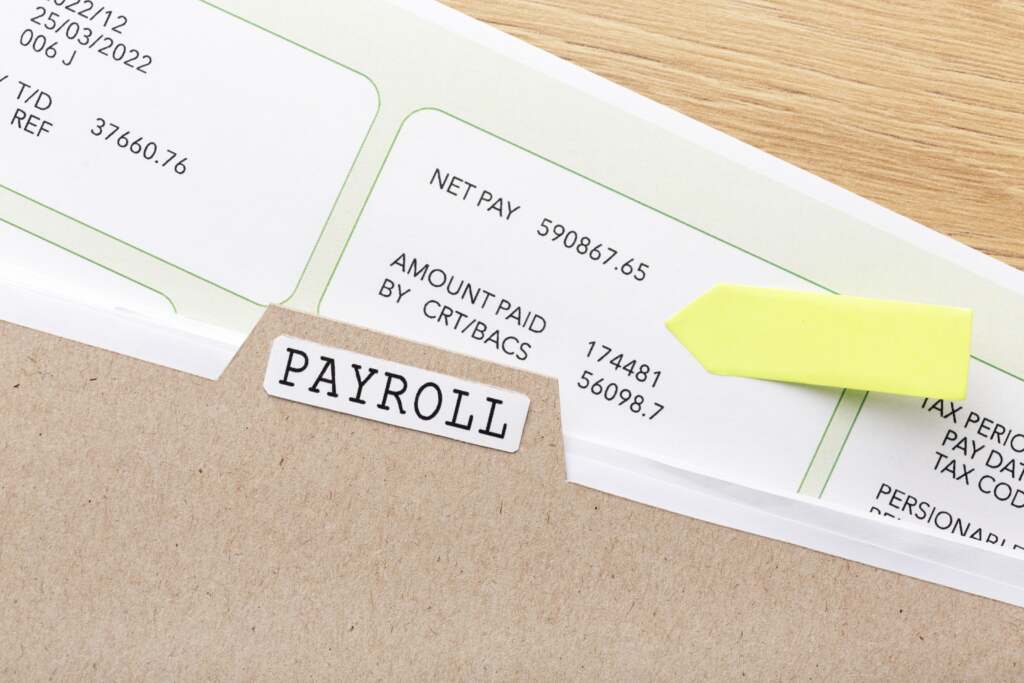Word Document Pay Stubs: Basic Creation Guide
Introduction to Word Document Pay Stubs
Creating Word Document Pay Stubs is one of the easiest ways to manage payroll without specialized accounting software. Microsoft Word lets you design professional-looking pay stubs that clearly display employee earnings, deductions, and net pay. This method is ideal for freelancers, small business owners, and startups that need a quick and affordable solution.
For added accuracy, you can verify calculations in your Word Document Pay Stubs using our reliable Pay Stub Generator. It ensures your stubs meet compliance and formatting standards.
Benefits of Using Word for Pay Stubs
- Simple and intuitive for beginners with no payroll experience
- Customizable design for branding and consistency
- Works on both Windows and Mac platforms
- Printable and easy to share as digital files (PDFs or Docs)
- Can be saved as templates for recurring payroll cycles
Word makes it easy for small teams to handle payroll quickly without the cost of premium software. To explore automated payroll tools, see our guide on Digital Payroll Tools.
Key Components of a Word Pay Stub
Every Word Document Pay Stub should include essential details to ensure compliance and clarity. Make sure to include:
- Employee Information: Name, ID, and contact details
- Employer Details: Company name, address, and phone number
- Pay Period: Start and end dates
- Gross Pay: Total pay before deductions
- Deductions: Taxes, insurance, and retirement contributions
- Net Pay: The final take-home amount
- Additional Earnings: Bonuses, overtime, and reimbursements
Step-by-Step Guide to Create a Pay Stub in Word
- Open Microsoft Word and create a blank document.
- Insert a table for employee and employer information.
- Add columns for pay rate, hours worked, and total gross pay.
- Include deduction rows for taxes and benefits.
- Subtract deductions from gross pay to calculate net pay.
- Format with borders, shading, and alignment for readability.
- Save the layout as a reusable template for future payrolls.
- Double-check your numbers using a Pay Stub Generator.
For design inspiration and formatting tips, see the official Microsoft Word Help Center.
Tips for Beginners Using Word Pay Stubs
- Always verify totals before issuing pay stubs.
- Save backups of all payroll documents securely.
- Use consistent templates across all employees.
- Include company branding for a professional look.
- Cross-check data with accounting or payroll software if available.
You can also review our Regular Pay Stub examples for layout ideas and formatting consistency.
Common Mistakes to Avoid
- Incorrect or missing employee details
- Unverified gross and net pay calculations
- Not updating tax rates or deduction values
- Using unprotected documents that can be edited by mistake
- Neglecting to validate pay stubs with a generator tool
Advanced Tips for Professional Results
- Apply basic formulas in tables to automate totals
- Protect templates with restricted editing
- Export as PDFs for secure distribution
- Combine with payroll tools for faster verification
- Store digital copies in the cloud for long-term access
For file management advice, explore our Payroll Records resource.
Conclusion
Creating Word Document Pay Stubs is an affordable, reliable, and accessible payroll solution for small businesses and freelancers. By pairing Word’s design flexibility with the precision of a Pay Stub Generator, you can maintain compliance, accuracy, and a professional image. Start creating your own Word pay stubs today and simplify payroll for your growing team.
FAQ: Word Document Pay Stubs
Can beginners create pay stubs in Word?
Yes, with simple table formatting and basic calculations, anyone can create accurate and professional pay stubs in Word.
Is Word safe for payroll management?
Yes, as long as you store files securely and verify calculations using a Pay Stub Generator.
Can I reuse a Word template?
Absolutely. Save templates and update them for each new pay period to save time and ensure consistency.

